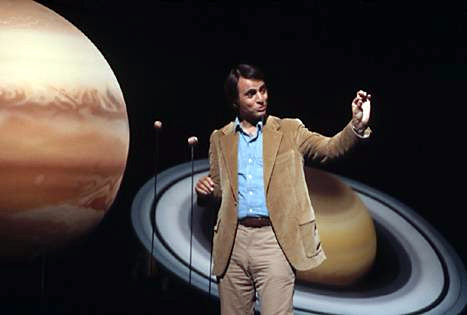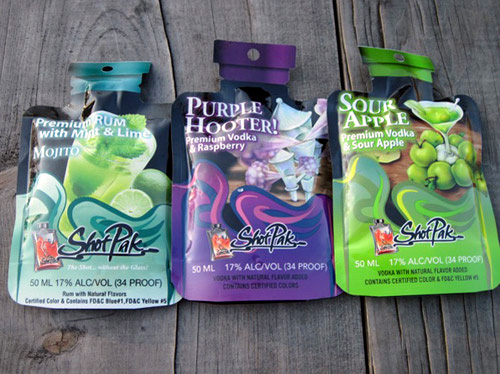Yesterday’s post about Palcohol got a bit of attention, and generated a variety of opinions and interest. While many folks agreed with my position (tl;dr: dumb idea, probably not going to come to anything) some commenters on social media were annoyed by my relentless negativity, noting that it actually existed, and had even been granted a patent in the 1970’s. One commenter over at the Bevlaw blog even accused me of having an understanding of physics that was at the grade-school level.

I understand folk’s chagrin. The Blessed Carl Sagan once wrote a book, The Demon-Haunted World: Science as a Candle in the Dark, to explain the scientific method and instill skepticism and critical thinking in a wide audience. I’m not Carl Sagan (not even Neil DeGrasse Tyson is, although it’s nice that someone is trying) but I am someone who took Carl’s words to heart. If a thing sounds too good to be true, then you probably need to look very closely at it before you accept it as true. A big fluffy pile of powder that yields a single drink does not equal ‘magic powdered alcohol’.
In order to demonstrate how this works, I ordered some maltodextrin yesterday, so I could give this a shot and show just what an ounce of booze mixed into a pile of fluffy white powder looked like. But lo! Someone at Popular Science has actually gone to the trouble of making their own homemade Palcohol ahead of me.
As I postulated yesterday, the base is maltodextrin. In this case the author used a commercial version called N-Zorbit M, used by molecular gastronomists to adsorb liquids into a compounded powder, typically something like olive oil, which is then sprinkled onto stuff to delight and amaze diners with the juxtaposition of olive oil flavour in a light fluffy powder. Or to bamboozle them into spending nine hundred bucks on a meal with eight bucks worth of ingredients, I always forget how that works with molecular gastronomy . . .
Here’s the process from the PopSci article, emphasis mine:
-
Weigh out 100 grams of N-Zorbit into a mixing bowl. Because the powder is so fluffy and light, this will be a sizeable mound.
-
While whisking steadily, drizzle in 30 grams of high-proof spirit. I use Lemon Hart 151-proof rum. After you’ve stirred it in completely, the powder should be dry, but somewhat chunky. If it’s still moist, sprinkle in a little more N-Zorbit.
-
Sift the dry liquor through a fine sieve to break up the chunks and make a nice powder. If you’re making a larger batch, you can do it in a blender and step 3 won’t be necessary.
At the end of the process you are not only carrying the original amount and volume of alcohol that you started with, you’re also toting along a cup (perhaps more) of extremely fluffy white powder to boot. That’s not what people visualise when they’re being sold ‘powdered alcohol’: everyone wants something that looks like a teaspoon of baking soda that magically turns the liquid it’s dropped in into alcohol. And that’s not happening–it’s just not possible in organic chemistry for that to happen. Once you have pure ethanol, you can’t ‘dehydrate’ it into a powder, no matter how cool that sounds.
In the meantime, people have often tried to package alcohol in low-volume/low packaging, easy-to-conceal formats (which, let’s face it, is the killer app for powdered booze). Many people will be familiar with Shotpak

But that’s the tip of the bottom-shelf iceberg. There are 187ml (6-ounce) kiddy flasks (junior mickey) and pouched drinks widely available, ‘airline’ bottles’, devices for smuggling booze into stadiums inside a brassiere, et cetera.

Those are all dodges to try and circumvent rules about using alcohol in public or in licensed areas. People never want to be told that they can’t have a drink, and putting one over on the man (and maybe saving money on over-priced stadium booze) is very appealing. But powdery alcohol isn’t going to do it.
